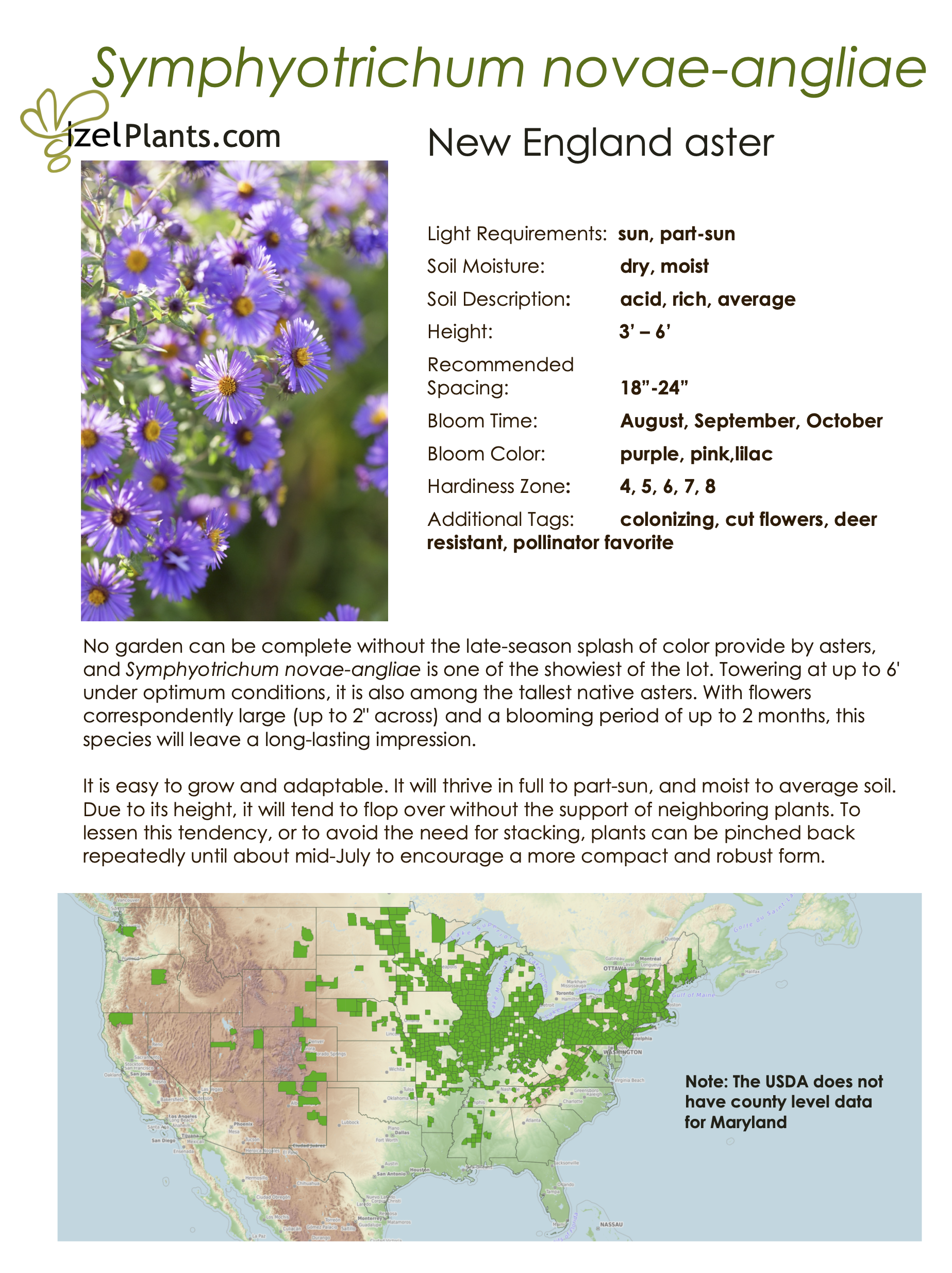(Planting instructions below the graphics.)












1. Water your soil well before planting.
2. Water the plugs well after planting, and push down around them (gently but firmly if that makes sense!) to ensure no air pockets remain around the roots.
3. If there is no rain forecast, water daily for the first 10-14 days, preferably in the morning. If you forget, evening is your second-best time in spring (afternoons can get hot and the water will evaporate too quickly from the soil, plus the leaves can experience sunburn from the water droplets acting like a magnifying glass).
Keep an eye on the forecast after that, and supplement water for the first month to 6 weeks if we don't get at least an inch per week.
Planting
The best way to remove your plugs from the containers is to pop them up from the hole in the bottom - the back end of a Sharpie works great for this. Make a planting hole about 2x the size of the plug, and you will want to "tease" the roots into a looser cluster so that they can immediately start spreading. These plants have been growing for months in the containers and are ready for more root room!
Our spring plugs are coming out of dormancy and should be ready to take off - the milkweed and switchgrass are the two exceptions, these plants start growing later than the others but we promise they are as strong and healthy below the surface as your other luscious & green ones. It is helpful to place tags where the plants are planted since they will eventually disappear above ground over the winter. Popsicle sticks or chopsticks work in a pinch as long as you use the species tag we gave you for one of each plant type. (If you lose your tags, the plant app Picture This works well at identification once your plant is older than a seedling.)
It is also helpful to lightly surround the plants with a few inches of mulch or leaves after they're planted, which will break down over time into excellent fertilizer, protect from weed competition near the plant roots, and even insulate the plant in winter.
Protection
Keep an eye out for the National Weather Service's Frost/Freeze Advisories. You can set alerts for this in most phone weather apps. If one is forecast and you have planted your plugs, you will want to cover them overnight with an old sheet. If you haven't planted them yet, bring them inside overnight. *Previously planted natives should be fine because they have already acclimated to the cold.
Keep an eye out for bunny and deer nibbles as soon as your plants are in the ground. NIbbles are not always a death sentence for the plant thanks to root strength, but it defeats the purpose of planting for pollinators if the blooms never show up! Critter protection is a whole 'nother learning curve, but fencing is usually essential if you have deer in your neighborhood (even if it is only wooden stakes with invisible fishline that they bump into, a tactic that has worked in many of our neighbors' yards). Bunnies can be deterred by lower mesh enclosures or individual wire cloches while the plants are rooting and growing. Mature perennials are rarely killed by any kind of animal browsing because they are healthy and large.
Containers
We don't have much experience with growing natives in containers, but according to this lovely nursery in Kentucky, at least some varieties of: Bee Balms, Columbines, Milkweeds (Butterfly), Wild Indigo, and Mountain Mint are container-friendly. Experiment on your own and if the plant doesn't look happy, move it to the ground.
* * *
That is it for basic plant care - we know it seems like a lot, but in practice it's not bad and you will get the hang of it in no time.
If you do not like throwing plastic away as much as we don't, and live or work near East Nashville, feel free to bring your black empty plug tray to Bethany's house at 1803 Willow Springs Drive and leave it on her porch to be reused next sale. If she is out in the garden she will give you a garden tour for your time.